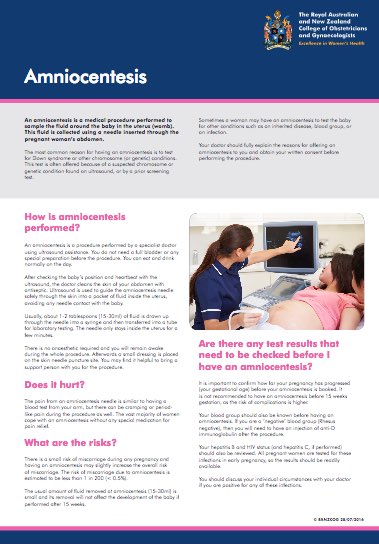NIPT is a newer alternative test to MSS1 or MSS2, which are also available to anyone pregnant in Aotearoa NZ. They are all screening tests, which mean they are relatively easy, cheap, safe and convenient compared to diagnostic tests.
Compared to the older screening tests, NIPT is more expensive, but is much more likely to detect a baby with one of these 3 major genetic conditions. It is also much less likely to give a ‘high-risk’ result when the baby is not affected by these genetic differences (called a false positive result).
NIPT is relatively new in Aotearoa NZ, but is well established and becoming routine overseas. It is important that any ‘high-risk’ result is discussed properly with an NIPT expert as it is still unfamiliar to many healthcare providers.








